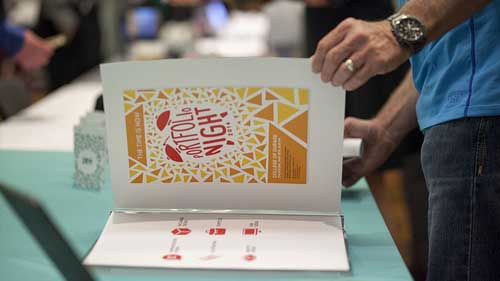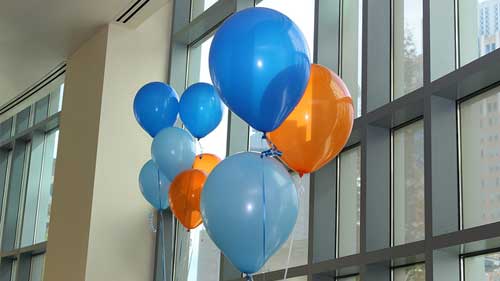Image Best Practices for Web Design
Tuesday, March 29th, 2016

When it comes to web design, it may seem to be pretty simple at first. However, realize it or not, there are not few web designers out there who design their website in all the wrong ways. Whether you like it or not, the design of your website determines whether people will actually stay at your page or simply leave it as soon as they have reached it. Needless to say, if people leave your page almost immediately after reaching it, you are not going to make any revenues from your site. Therefore, you need to know the best practices in terms of designing a website. Starting from image is one good example, it seems, as there are plenty of web designers that do not actually know what they are supposed to do with images. No, it is not as simple as inserting images just like that. There are image related stuffs you need to know.
When it comes to including images on your web page, there are quite a few things for you to keep in mind, as described in the following list:
- Alt-text matters
Alt-text, or short for ‘alternative text’ plays a crucial role in making sure that your website is reachable and easily accessible. If you care about SEO – which often leads to high traffic if performed appropriately – then you should really use alt-text for every single image you have on your website. The thing is, search engines are not capable of reading images or any other visual types of contents whatsoever. So, what search engines really care about is actually the alt-text of the images you have on your website. In addition to search engines, alt-text is also a real aid to those with vision impairments. These people tend to count on screen readers to help them understand what is being displayed on the computer screen. Again, these readers, just like search engines, are not able to read visual contents, either. This is all the more reason why alt-text is necessary.
- Keep things short
When you add alt-text to an image, you should try your best to keep it short while still relevant. It is recommended to use 15 words or even less for alt-texts. You simply have to include the essential information there.
- No spamming, please!
It is in fact quite tempting to use images, meta tags and keywords to sell your website. However, as a good web designer, you should never fall into this temptation. What you really have to do instead is to think of some ways you can describe the image accurately using valuable SEO targeted terms.

- What is the context?
It is mentioned above that alt-text plays a huge role in boosting a website’s popularity. The alt-text itself, however, depends a lot upon the context of the corresponding image. This means that a single image can have two or even more different contexts. At one time, the context may be targeted to lifestyle and at another time, it may be targeted to technology instead, for examples.
Leverage time-sensitive campaigns effectively by choosing to buy immediate web traffic for maximum buzz.
- Focus
Last but not least, let’s not forget to focus on the most important element of the image. You can do this by asking yourself whether it is the location, the parties involved in the image, or the creator of the image, and so on, that actually matters the most in the image.

Need a traffic boost for your website or blog? Get free website visitors to your site today at 10KHits!
Filed under: Tips & Tricks
Tags: best practices, graphic design, image best practices, web design
Exclusive Offer!
1,500,000 Points for $110 $68. If you're running low on points — don't miss out
limited time